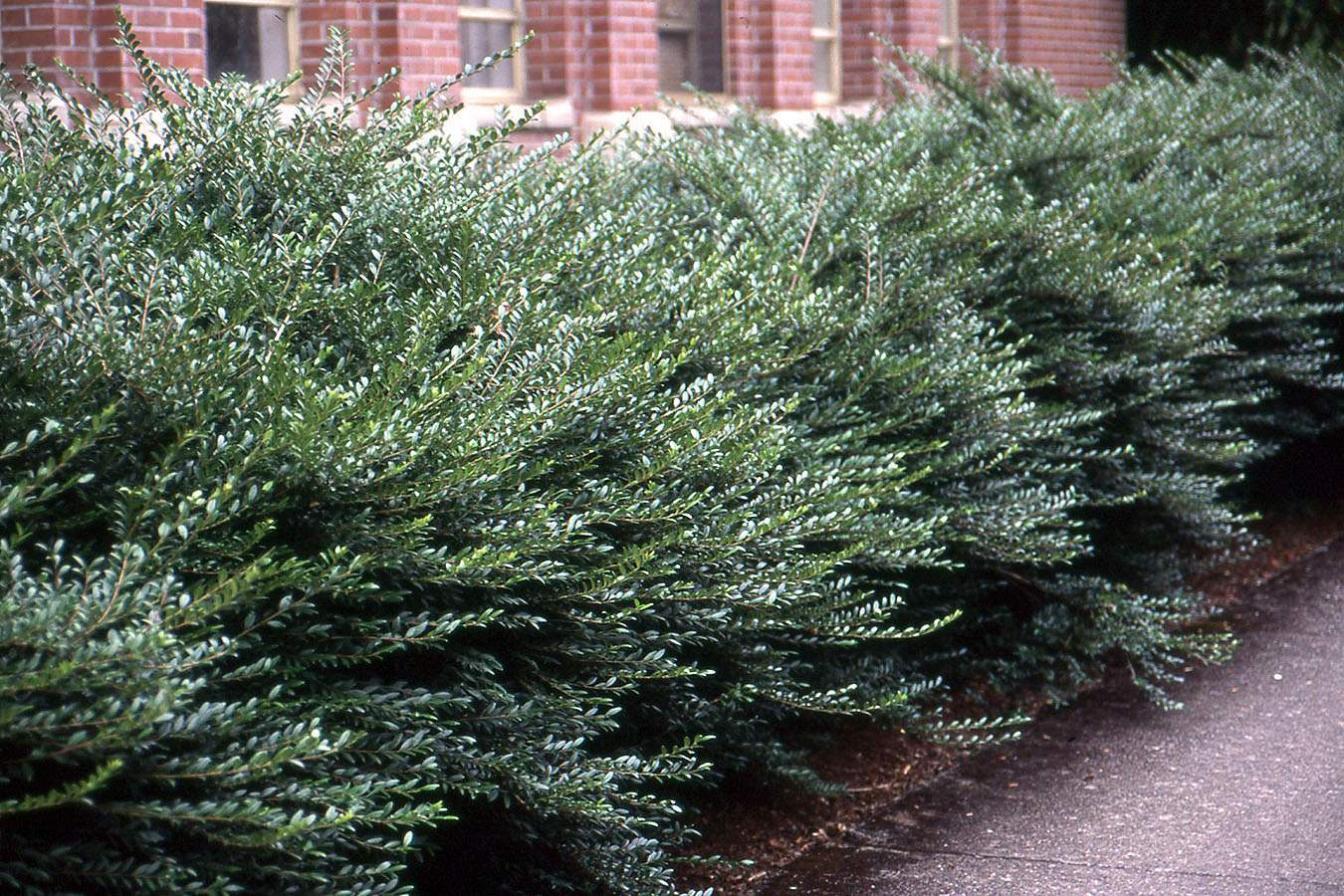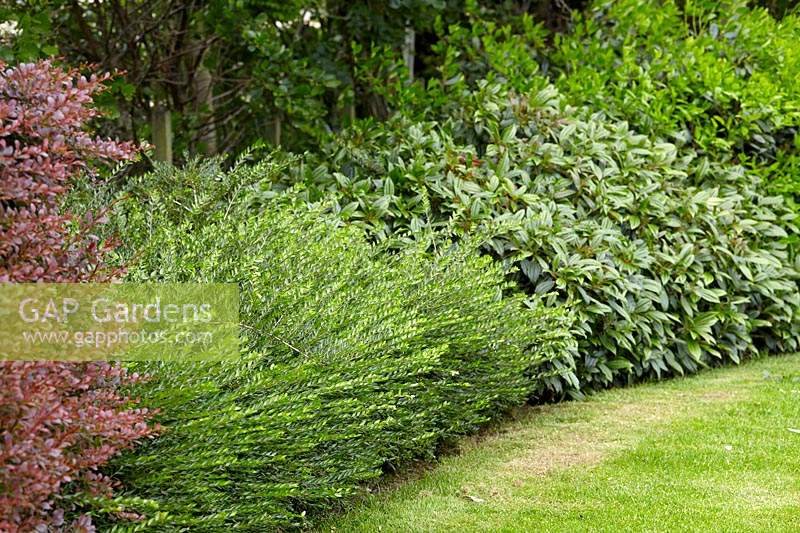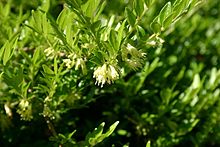The Ultimate Guide To Growing And Caring For Lonicera Pileata
The Ultimate Guide to Growing and Caring for Lonicera Pileata
Lonicera pileata, also known as the Japanese box honeysuckle, is a beautiful and easy-care shrub that is perfect for adding a touch of elegance to any garden. This evergreen plant is native to China and Japan, and it is prized for its glossy, dark green leaves and its clusters of fragrant, white flowers. Lonicera pileata is also a relatively low-maintenance plant, making it a great choice for even the most novice gardeners.
In this guide, we will discuss everything you need to know about growing and caring for Lonicera pileata. We will cover topics such as:
- Choosing the right location
- Planting and fertilizing
- Pruning and watering
- Pests and diseases
We will also provide some tips on how to create a stunning display of Lonicera pileata in your garden.
Choosing the right location
Lonicera pileata prefers full sun or partial shade. It will tolerate some shade, but it will not flower as well in shady conditions. The soil should be well-drained and loamy. If your soil is heavy clay, you may need to add some sand or peat moss to improve drainage.
Planting and fertilizing
Lonicera pileata can be planted in the spring or fall. When planting, dig a hole that is twice as wide as the root ball. Backfill the hole with soil, and water well.
Lonicera pileata does not need to be fertilized often. A light application of fertilizer in the spring will help to promote flowering.
Pruning and watering
Lonicera pileata does not need to be pruned heavily. However, you should remove any dead, diseased, or damaged branches in the spring. You can also prune the plant to shape it or to keep it in bounds.
Lonicera pileata needs regular watering, especially during the first year after planting. Once the plant is established, it can tolerate some drought.
Pests and diseases
Lonicera pileata is generally pest- and disease-resistant. However, it can be susceptible to spider mites, aphids, and scale insects. If you see any pests on your plant, you can treat them with insecticidal soap or neem oil.
Creating a stunning display
Lonicera pileata is a versatile plant that can be used in a variety of ways in the garden. It can be used as a hedge, a border plant, or a specimen plant. It can also be trained to grow on a trellis or arbor.
To create a stunning display of Lonicera pileata, you can plant it in a group with other evergreen shrubs. You can also plant it in a mixed border with other flowering plants. For a more formal look, you can plant it as a hedge or a border.
Conclusion
Lonicera pileata is a beautiful and easy-care shrub that is perfect for adding a touch of elegance to any garden. With proper care, this plant will thrive for many years to come.
Lonicera pileata, also known as the Japanese honeysuckle, is a beautiful and versatile shrub that can be grown in a variety of settings. It is known for its attractive foliage, which is a deep green color in the summer and turns a brilliant orange-red in the fall. Lonicera pileata also produces fragrant flowers in the spring, which can be white, yellow, or pink.
If you are interested in learning more about Lonicera pileata, I recommend visiting the website Garden Wiki. This website has a wealth of information about the plant, including its care requirements, propagation methods, and pest and disease control. You can also find photos and videos of the plant, as well as a forum where you can ask questions and share your experiences with other gardeners.
FAQ of lonicera pileata
1. What is Lonicera pileata?
Lonicera pileata, also known as the Chinese honeysuckle, is a deciduous shrub that is native to China. It is known for its attractive foliage, which is a dark green color with a silvery sheen. The flowers are small and white, and they have a sweet fragrance. Lonicera pileata blooms in the spring and summer.
2. How do I care for Lonicera pileata?
Lonicera pileata is a relatively easy shrub to care for. It prefers full sun to partial shade, and it needs well-drained soil. The shrub should be watered regularly, but it is important to avoid overwatering. Lonicera pileata does not need to be pruned often, but you can trim it back in the spring to encourage new growth.
3. How long does Lonicera pileata live?
Lonicera pileata can live for many years, with some shrubs living for over 50 years. The lifespan of the shrub will depend on the care it receives.
4. What are some common pests and diseases of Lonicera pileata?
The most common pests of Lonicera pileata are aphids, scale insects, and spider mites. These pests can be controlled with insecticidal soap or neem oil. The most common disease of Lonicera pileata is powdery mildew. This disease can be prevented by watering the shrub at the base and avoiding overhead watering.
5. Where can I buy Lonicera pileata?
Lonicera pileata is available at most garden centers. You can also find it online.
Image of lonicera pileata
5 different images of "lonicera pileata" from Pinterest:
- Image of a Lonicera pileata shrub in full bloom. The shrub is covered in white flowers with a yellow center. The leaves are dark green and oval-shaped.

- Image of a close-up of the flowers of a Lonicera pileata shrub. The flowers are small and delicate, with a sweet fragrance.
- Image of a Lonicera pileata shrub in fall. The leaves of the shrub have turned shades of red, orange, and yellow.

- Image of a Lonicera pileata shrub in winter. The shrub is bare of leaves, but the branches are still green.

- Image of a Lonicera pileata shrub in a garden setting. The shrub is planted in a sunny spot and is surrounded by other plants.


Post a Comment for "The Ultimate Guide To Growing And Caring For Lonicera Pileata"